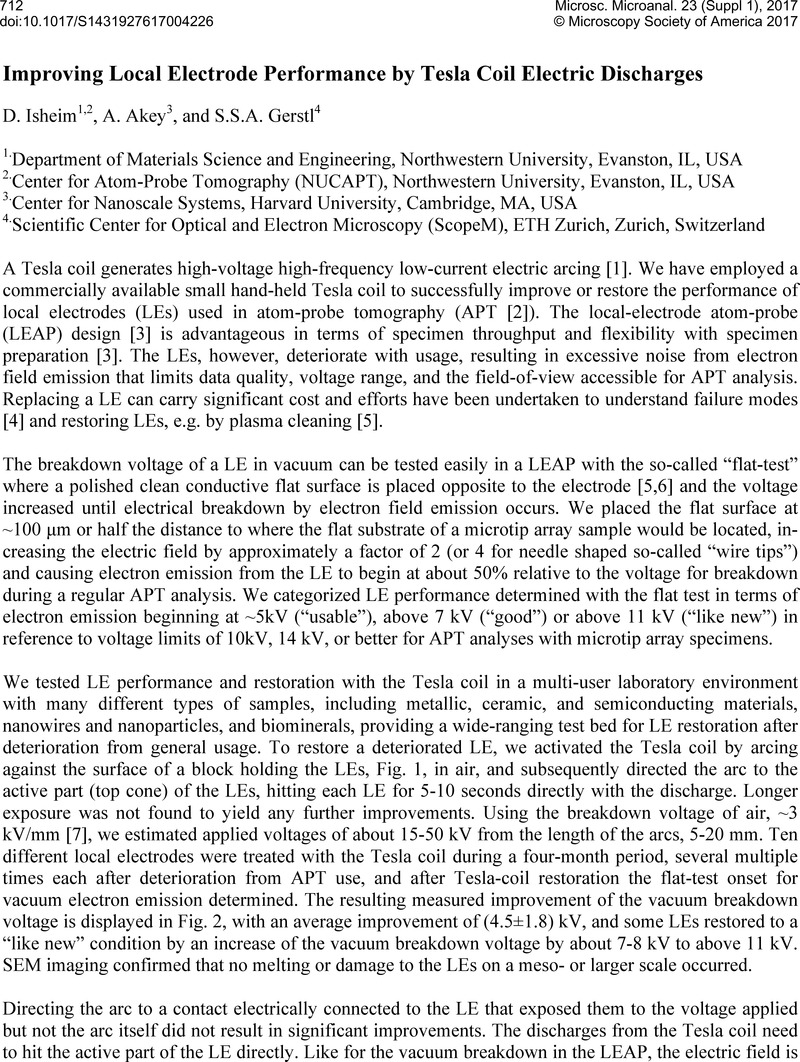Crossref Citations
This article has been cited by the following publications. This list is generated based on data provided by Crossref.
Waluyo
and
Rahadian, Muhammad Rizky
2024.
Development of a Tesla Coil Utilizing Neon Sign Transformer and Using Antenna Measurement.
IEEE Transactions on Plasma Science,
Vol. 52,
Issue. 3,
p.
913.



